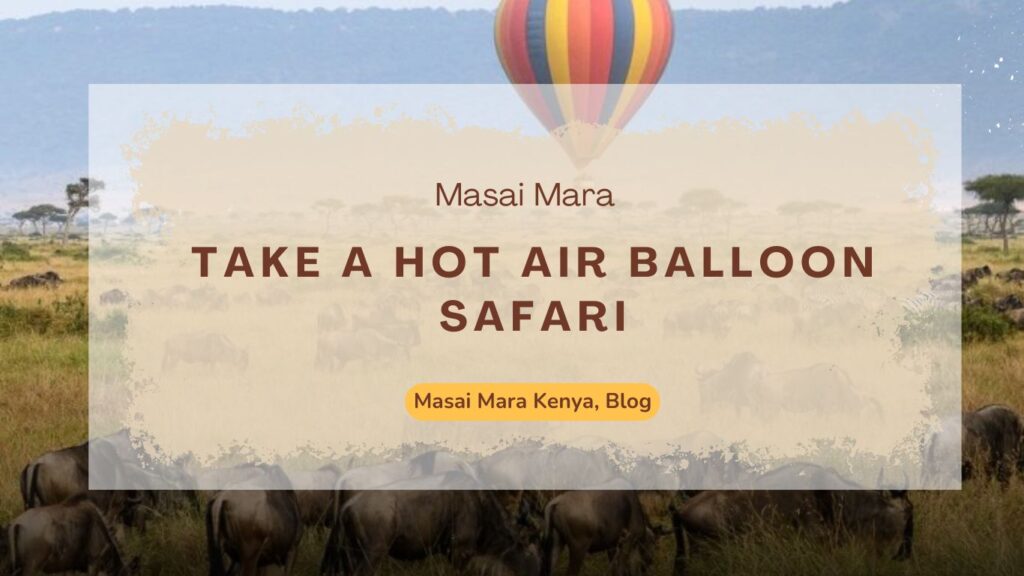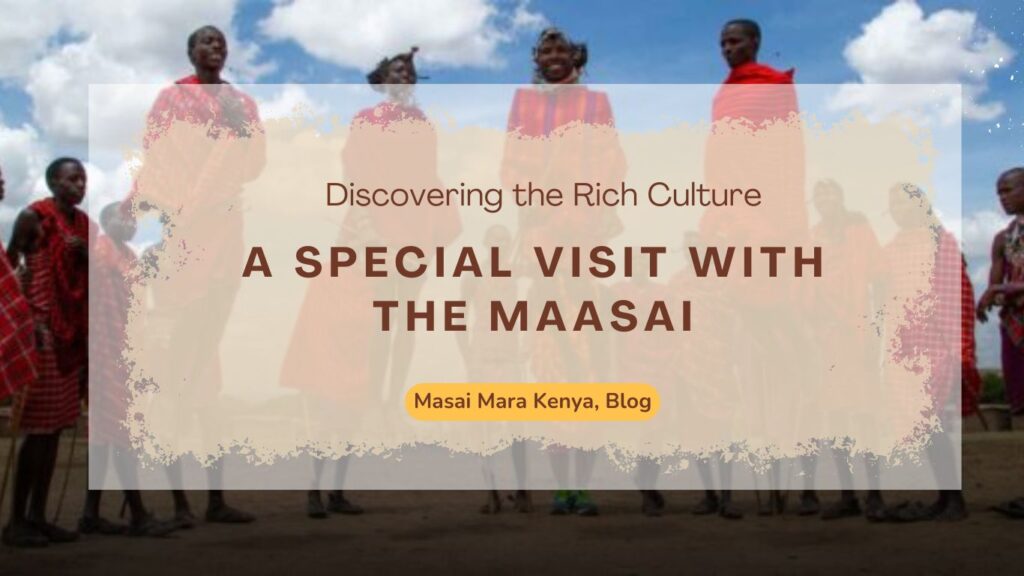Take a Hot Air Balloon Safari Over the Masai Mara

Have you ever dreamed of soaring high above Africa’s iconic savannah? A hot air balloon safari over the Masai Mara, Kenya offers the chance to do just that — and so much more. Imagine the thrill of drifting silently over the vast plains, the golden sunrise casting light over herds of elephants, zebras, and even […]
A Special Visit with the Maasai

Discovering the Rich Culture of Kenya’s Indigenous People When you’re planning your Kenya safari, one experience you can’t miss is a visit to the Maasai people. As one of East Africa’s most iconic and semi-nomadic pastoralist tribes, the Maasai people have lived in Masai Mara, kenya for centuries. Their culture, traditions, and deep connection to […]

